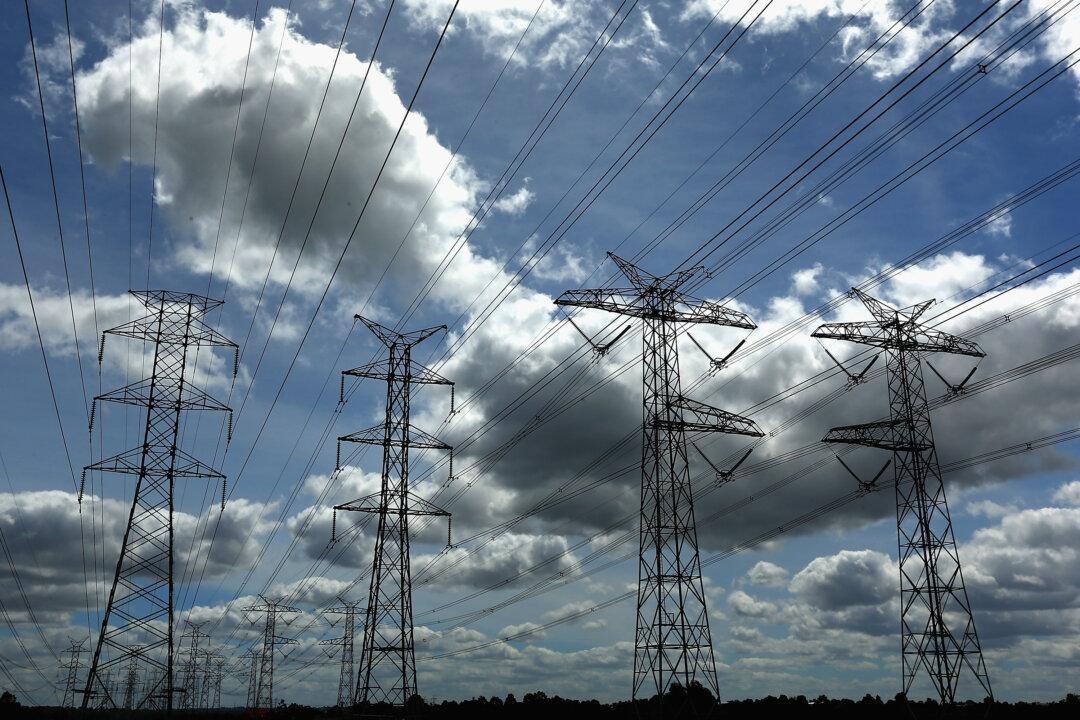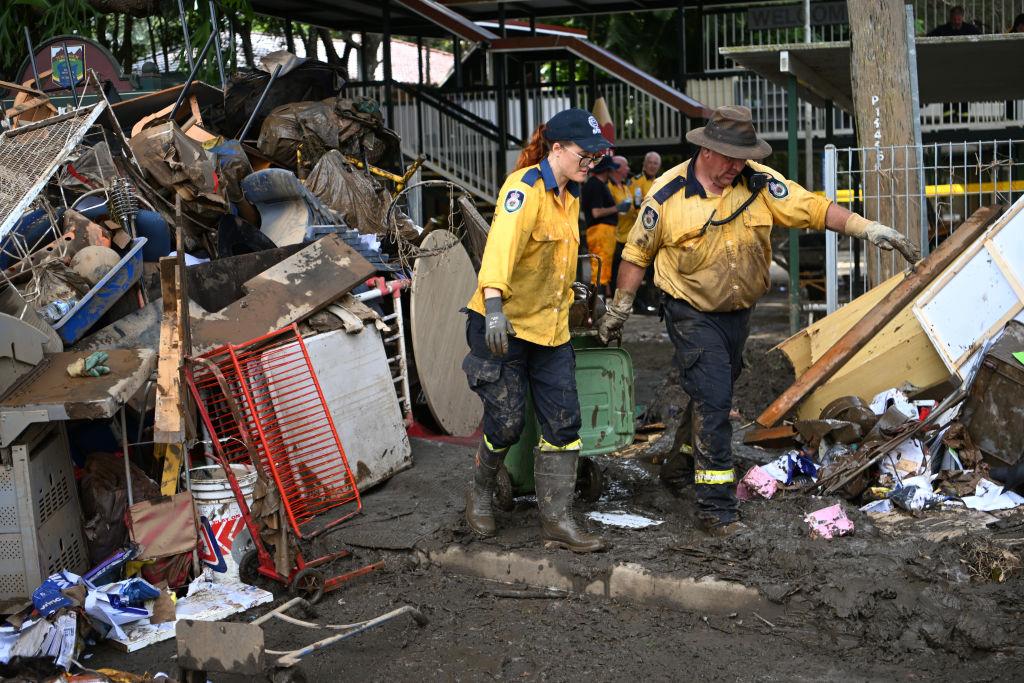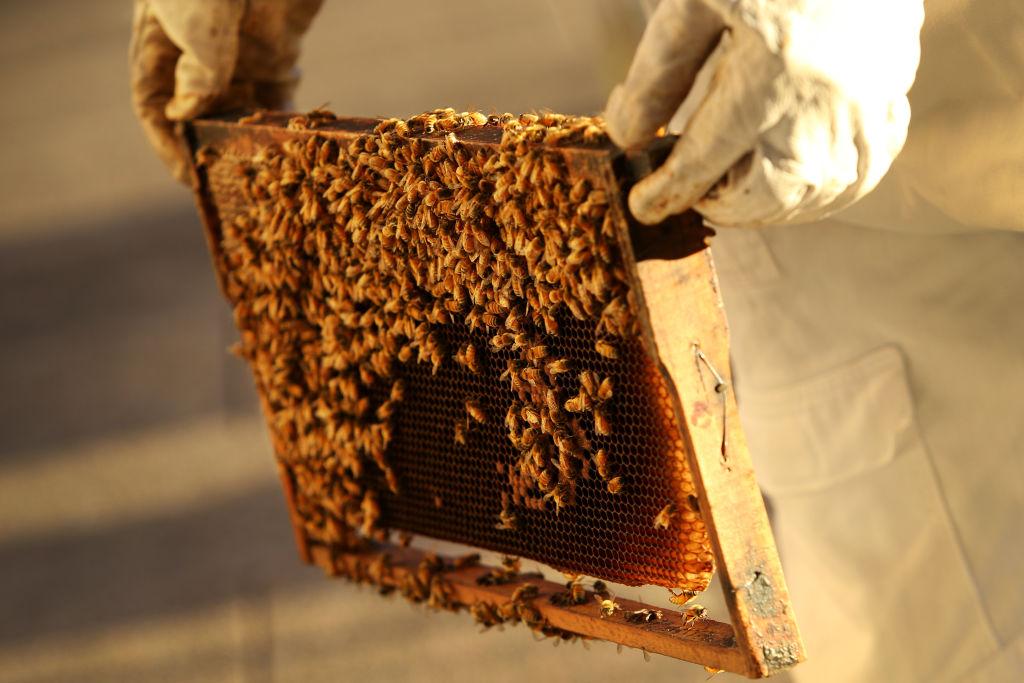Regional Queenslanders are set to feel the most pressure on their power bills as the highest power price increase of almost 30 percent was announced.
The Queensland Competition Authority (QCA) released the final decision on regulated real electricity prices on June 9, with the price increase starting from July 1.





